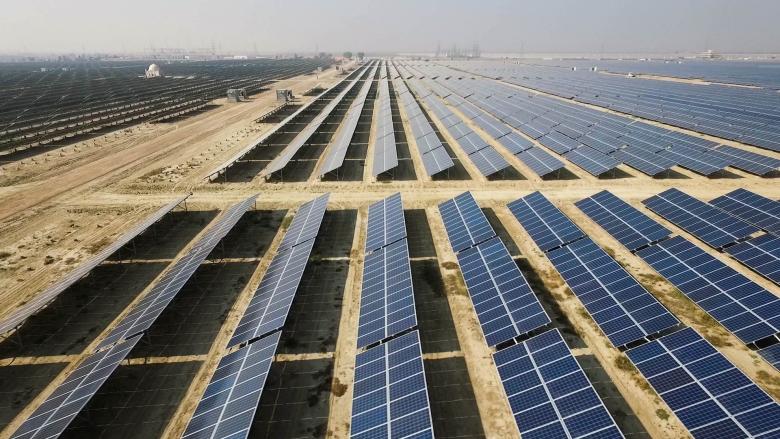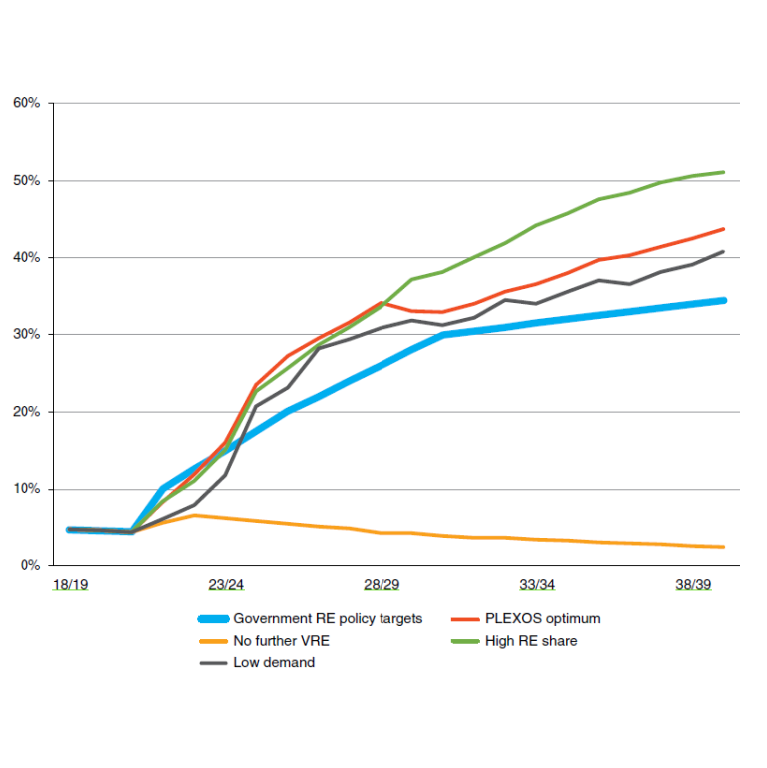Pakistan has tremendous potential to generate solar and wind power. According to the World Bank, utilizing just 0.071 percent of the country’s area for solar photovoltaic (solar PV) power generation would meet Pakistan’s current electricity demand.
Wind is also an abundant resource. Pakistan has several well-known wind corridors and average wind speeds of 7.87 m/s in 10 percent of its windiest areas. However, despite a number of successful projects, the installed capacity of solar and wind energy in Pakistan, at just over 1,500 Megawatts, is just 4 percent of total capacity, equal to around 2 percent of total generation.
But how much variable renewable energy can the country’s power system absorb? What level is economically optimal?
These questions are addressed in our recently published Variable Renewable Energy Integration and Planning Study. The report was undertaken by the global engineering and advisory firm Tractebel Engineering GmbH over an 18-month period in close coordination with the Power System Planning Department at Pakistan’s National Transmission & Despatch Company (NTDC) and other key agencies.
The study has helped provide the evidential foundation for the government’s Alternative and Renewable Energy Policy 2019, and the Indicative Generation Capacity Expansion Plan (IGCEP 2047) submitted by NTDC to the National Electric Power Regulatory Authority (NEPRA) in March this year. It also confirms Pakistan’s target to increase VRE to 20 percent of its electricity mix by 2025, 30 percent by 2030, and even shows that slightly higher penetrations of solar and wind would be economically beneficial.
To achieve such targets, a massive and immediate expansion of solar and wind is required through competitive bidding which would decrease prices. Efforts to reduce power generation from uneconomic thermal plants (in particular heavy fuel oil) and continued investment in hydropower must continue as well.
The country is currently facing a significant power surplus due to new generation additions and weaker than projected demand, in part due to the COVID-19 pandemic. However, Pakistan needs to ensure it avoids a repeat of the boom-and-bust cycle of underinvestment in power generation followed by emergency capacity development that has characterized recent decades. VRE represents a “no regret” option that can be developed relatively quickly and can displace fuel from inefficient thermal plants and reduce various cost and supply risks such as import dependency or delays of major hydropower projects. If VRE targets are met, up to $5 billion could be saved in potential fuel and other costs.



